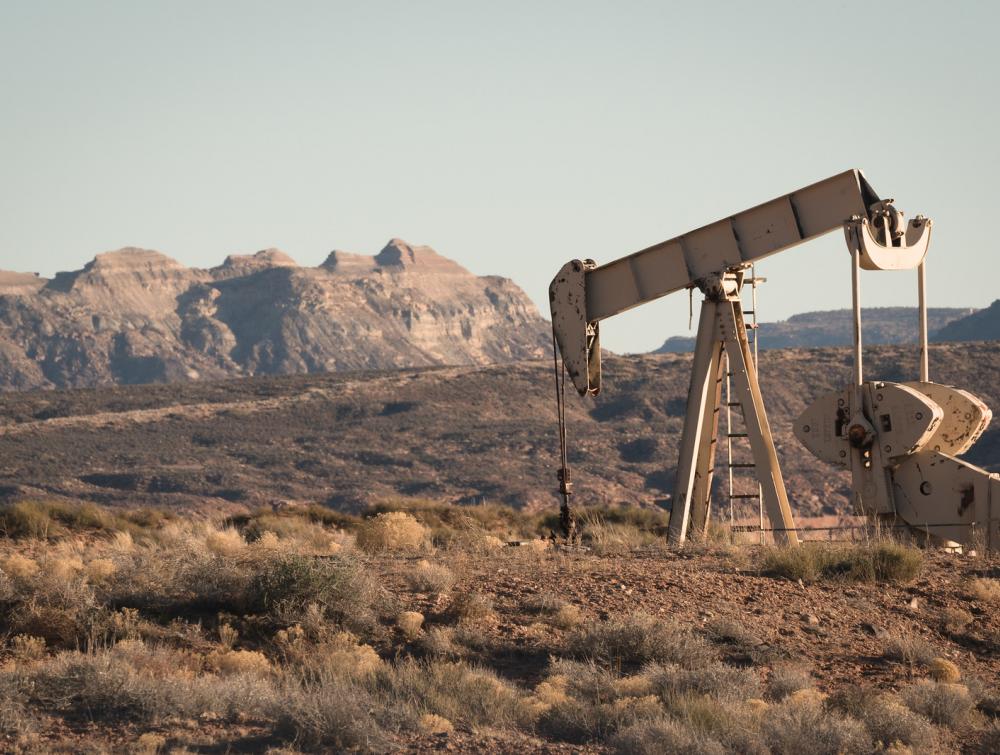Open for business (and not much else): Analysis shows oil and gas leasing out of whack on BLM lands

Without public input, the fossil fuel industry can call the shots on nearly 250 million acres of public land.
Mason Cummings, The Wilderness Society
New analysis shows the Bureau of Land Management treats the oil and gas industry as the favored tenant when it comes to leasing its public lands.
According to data analyzed by The Wilderness Society, a whopping 90 percent of public lands managed by the Bureau of Land Management (BLM) are available to oil and gas drillers.
Public lands are supposed to managed for the benefit of all people, yet the BLM is grossly favoring business over the rest of us.
By placing such a large emphasis on leasing, the BLM is letting the oil and gas industry determine the fate of many lands that are better suited for recreation and conservation. These wild places provide critical habitat for many plants and animals and offer fantastic opportunities for recreation and exploration.
The oil and gas industry locks up the land
The BLM uses strict standards for deciding which lands should be managed for conservation, but does not use similar standards for oil and gas leasing. Instead, the agency routinely opens land for leasing regardless of potential for successful development.
Percentage of BLM lands open for leasing in western states:
The data shows that management for oil and gas leasing is off-balance:
- 90 percent of BLM-managed public lands are leased to oil and gas developers.
- Leases by the oil and gas industry currently lock up 36 million acres of public land.
- Each lease lasts at least 10 years and will be extended if any development occurs.
- Only 12.6 million acres (35 percent) of the land held by the oil and gas industry is under production, while the industry squats on the remaining 23.4 million acres of unused public land. These wildlands are being kept under lease when they could instead be preserved for conservation.
BLM has a mandate to manage public lands for conservation
By placing conservation a distant second to oil and gas development in its planning and leasing process, the BLM is also failing to live up to its stated mission “to sustain the health, diversity, and productivity of America’s public lands for the use and enjoyment of present and future generations.”
BLM has the authority to do better, and should
Millions of people across the U.S. enjoy the small portion of BLM lands currently set aside for conservation, called National Conservation Lands. People seek these lands for solitude, adventure, hunting, fishing, rafting and biking. The areas are also habitat for elk, mule deer, bears, sage grouse and many other threatened or endangered western wildlife species.
The intrinsic value of these conservation lands often surpasses the monetary value of lands leased to oil drillers, but this is not reflected in the BLM’s management strategies.
The lop-sided favoritism given to fossil fuel extraction goes against the Federal Land Policy and Management Act, which directs the BLM to manage all public lands for conservation in addition to energy development. The BLM should follow statute by restoring balance to their management practices.
The agency can start with its Resource Management Plans (RMPs), which provide general guidelines for dictating the activities that can take place on these lands. These plans act as a framework for assigning multiple uses public lands and stay in place for decades.
How the BLM can do better
Conserving our public lands is a vital part of ensuring they continue to provide multiple uses (including energy development, fish and wildlife habitat, recreation and wilderness). True multiple use means ensuring some lands stay in their natural condition and are managed for conservation, while others are made available for development.
